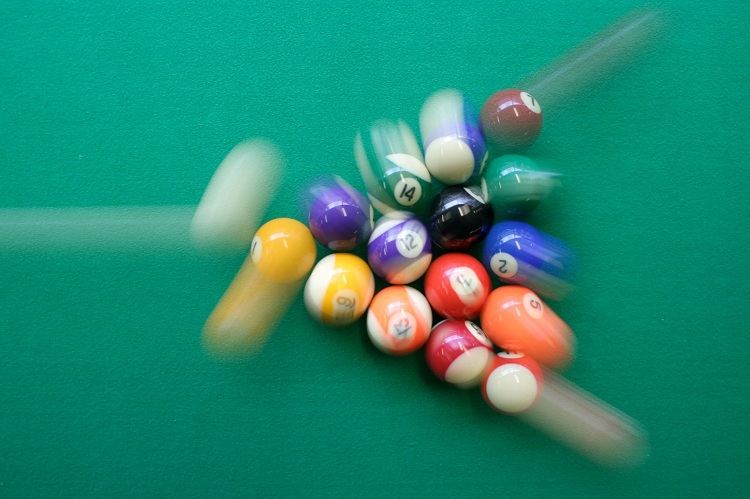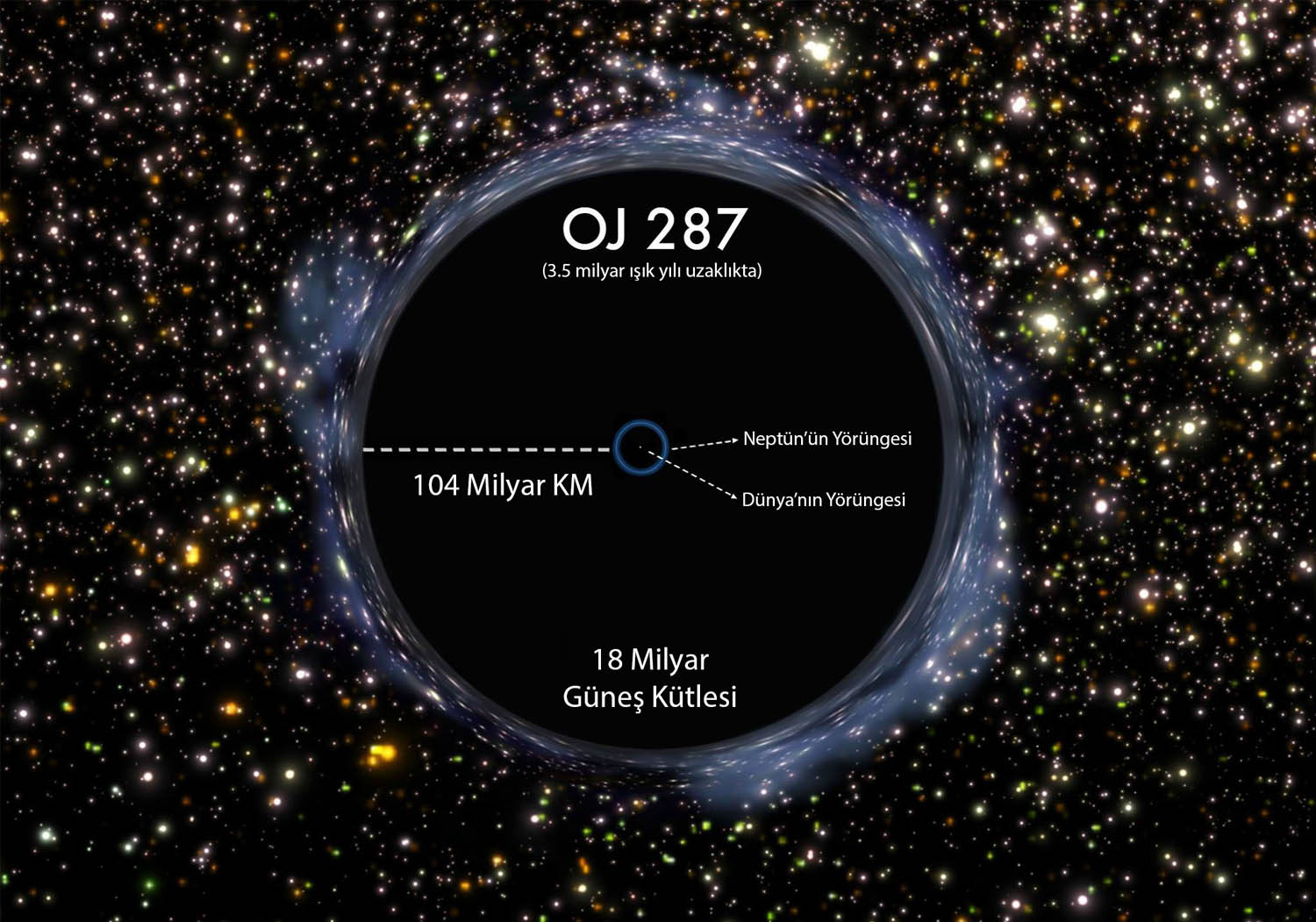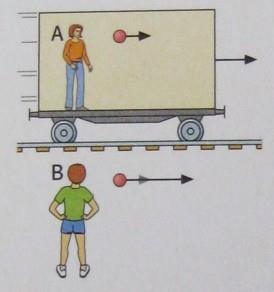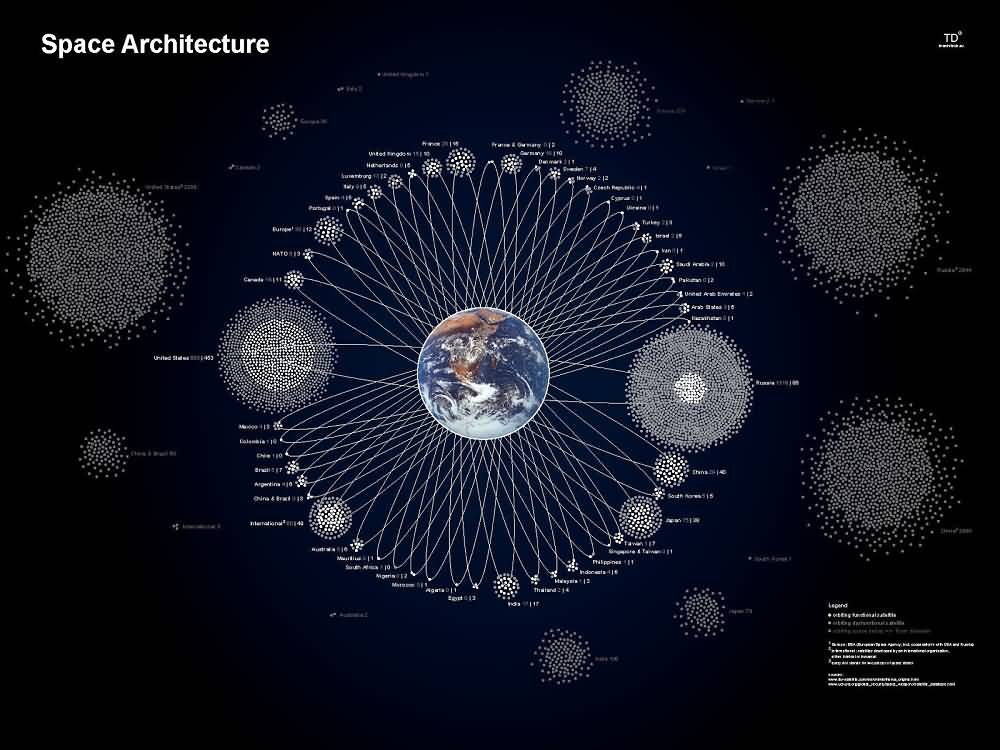Momentum
Before showing the equation E = mc², it is useful to touch upon a few physical issues as preparation. Besides, it might be interesting to take a look at the world of physics, right?
Although, since the calculation can only be understood mathematically, you don't necessarily need to understand the concept of momentum. However, since we'll be opening the chain of equations with momentum, I think it would be beneficial to briefly learn what momentum is.

MOMENTUM:
Momentum, or 'momentum', is the product of an object's mass and velocity: M = m * v, where m is mass, v is velocity, and M stands for momentum. An object with no velocity (i.e., at rest) has no momentum because m * 0 = 0.
As you can see, an object with momentum also has a certain speed. If that object collides with another object, it transfers a certain amount of its momentum, or its motion, to the other object.
So how can we shape what momentum is in our brain?
As I mentioned, we can view momentum as the amount of motion of an object. When we look at the equation (M = m * v), we see that the greater an object's mass, the greater its momentum. The same applies to its speed; the greater the object's speed, the greater its momentum. At the same time, very small objects can have as much momentum as large objects:
If the mass of the large object is 1000 kilograms and its speed is 1 meter per second
It will have 1000 * 1 = 1000 momentum, i.e. 1000 amount of motion.
If the mass of a small object is 1 kilogram, we need to increase its speed enough to reach the momentum of the larger object. This speed is 1000 meters per second, so 1 * 1000 = 1000
So, you can achieve the same amount of motion (momentum) with both small and large objects. All you have to do is adjust the speed accordingly.
Example:
As you can see in the picture, when a cue ball collides with other balls, it transfers motion (i.e., momentum) to them. The concept of momentum is closely related to the concept of energy. While transferring momentum to the other balls, the cue ball also transfers energy from a different perspective. But let's not stray from the topic of momentum. Due to its current speed at the moment of impact, the cue ball also transfers half of its momentum to the other balls. So, how can we impart the same momentum to a much smaller marble than a billiard ball? Let's say the marble's mass is ten times smaller than the billiard ball. Therefore, to achieve the same momentum, the marble's speed would need to be increased ten times the speed of the colliding billiard ball. If a marble of this speed collides with other balls in the same way, it will impart the momentum imparted by the billiard ball to them. You could also perform this calculation with a pea, but because both the marble and the pea are weaker, they would shatter upon impact. However, if we could assume a zero probability of shattering, even a pea could scatter the billiard balls as seen in the picture.
Author: İlker Savas






